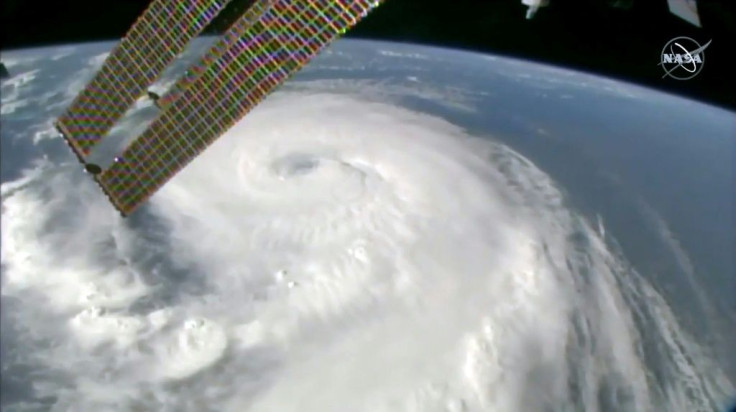Hurricane Dorian Update: Flood And Tornado Warnings In Effect For The Carolinas And Virginia

Hurricane Dorian regained strength overnight Thursday, taking aim at the Carolinas with heavy rain and winds.
Dorian made landfall in the Bahamas Sunday as a category 5 hurricane, but it quickly weakened to a category 2 storm before lashing the Florida coast with tropical storm-strength winds. By Thursday morning, the National Hurricane Center had upgraded Dorian to a category 3 storm as it began to hit the coast of Georgia.
At 5 p.m. EDT, Dorian’s center was 34 miles east-southeast of Myrtle Beach, South Carolina, moving north-northeast at 10 mph with sustained winds of 105 mph.
Flash flood warnings remain in effect for much of the Carolinas' coastline, with storm surges and floods considered life-threatening.
The storm has spawned tornadoes inland, prompting tornado warnings for northern South Carolina and eastern North Carolina through Thursday evening. Dorian’s wind field was growing as the storm marched north. Tropical storm-force winds were reported 220 miles from the Dorian’s eye while hurricane-force winds reached 60 miles out.
Storm warnings are expected to remain in place through Friday for the Carolinas. Virginia and the Chesapeake Bay are also under similar warnings, which are expected to worsen before the weekend.
© Copyright IBTimes 2025. All rights reserved.





















